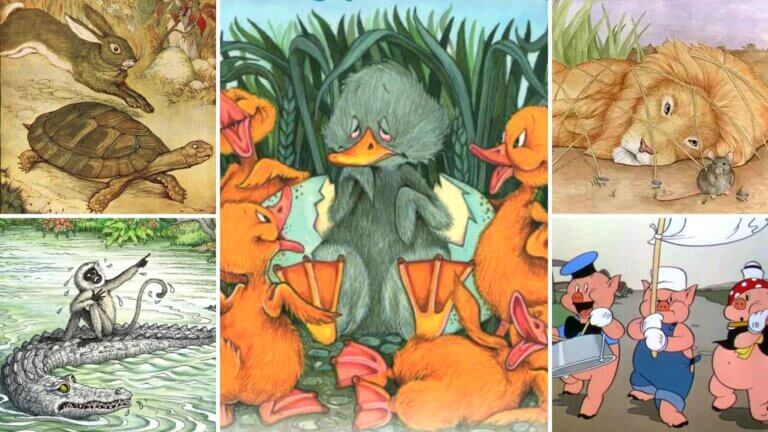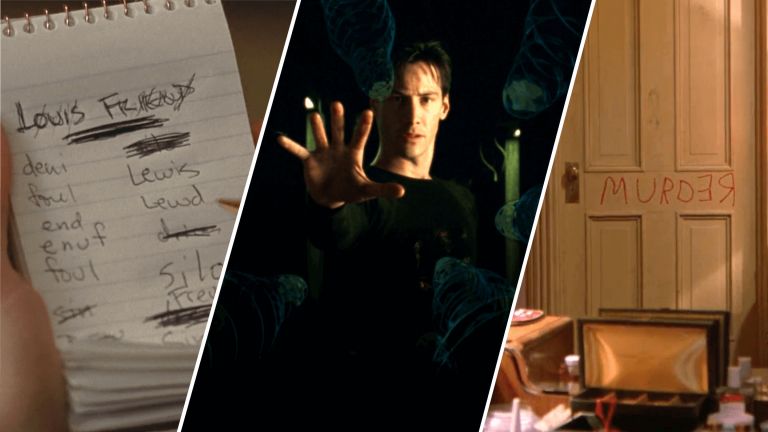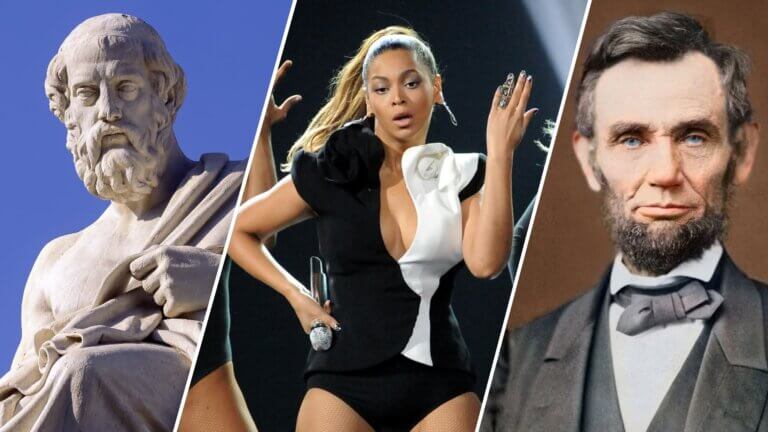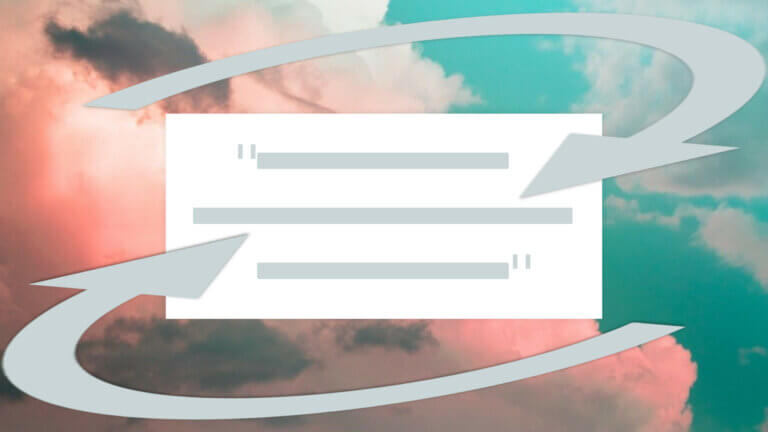Every storyteller — whether a screenwriter, novelist, or short story writer — wants to write dialogue that snaps, reveals character, and carries emotional weight. But how do you do it? There are countless lists and guides filled with advice on how to write dialogue in a story or a dialogue script for the screen. In this post, we’ll look at dialogue writing examples across different media, examine some tried-and-true methods for writing effective dialogue, and give you practical tools whether you’re working on a screenplay or a novel.Continue reading How to Write Dialogue — Examples & Techniques for Screenwriters &…
Characterization is simply “what makes a character a character.” But under the umbrella of characterization, there are two subtypes: direct characterization and indirect characterization. We’re going to break down direct characterization by looking at examples from John Wick, The Grapes of Wrath, and more. By the end, you’ll know how to implement direct characterization in your own works.Continue reading What is Direct Characterization — Character Building Tips
Foreshadowing is an important element of screenwriting. It’s a fantastic tool you can use to create a layered and intriguing story that will keep your audience captivated and engaged. But how do you use foreshadowing, and how does it work? In this article, we’re going to dissect some of the best foreshadowing examples in movies like Us and Parasite to show us how master filmmakers use foreshadowing to create great stories. Let's start with our video breakdown of this technique and how it works.Continue reading Foreshadowing Examples — Us, Parasite & Movies That Nailed It
Have you ever wondered why we use 'the White House' to refer to the U.S. administration or 'the Crown' to denote a monarchy? This is an example of metonymy, a figure of speech that enriches our language by layering meanings. As we explore this topic, we’ll shed light on the concept, illustrating its definition and usage with easy-to-understand examples. Let’s take a look at the definition, function, and examples of metonymy.Continue reading What is Metonymy — Definition, Examples & How to Use It
You've likely encountered parables in religious texts, folktales, or even in everyday conversations, but have you ever stopped to wonder what is a parable and why it has remained such a powerful tool for teaching and conveying wisdom throughout history? In this blog post, we'll unravel the mystery behind parables, examine their unique characteristics, and discuss the timeless appeal that continues to captivate readers and listeners alike. Continue reading What is a Parable — Definition, Examples and Uses
Fables have been a cornerstone of human culture and communication for thousands of years, enchanting audiences with their magical blend of creativity, wisdom, and moral lessons. But what is a fable, exactly, and why has this form of storytelling stood the test of time? In this article, we’ll dive deep into the history, structure, and enduring relevance of fables. We'll examine their origins, their unique characteristics, and the profound ways they continue to shape our world today. Continue reading What is a Fable — Definition, Examples & Characteristics
Have you ever rearranged the letters of a word and discovered another hidden within? Welcome to the fascinating world of anagrams, a playful twist on our everyday language. Let's delve into this linguistic curiosity, exploring its definition, function, and numerous intriguing examples. Continue reading What is an Anagram? Definition & Examples
Abraham Lincoln famously said that “no government of the people, by the people, and for the people, shall perish from this Earth.” But did you know that “the people” is a famous example of an epistrophe? So, what is an epistrophe? We’re going to break down epistrophes by looking at epistrophe examples in writing. By the end, you’ll know how to recognize and utilize epistrophes.Continue reading What is an Epistrophe — Definition, Examples for Writers
When looking at some of cinema and literature’s most iconic characters, it's easy to find ones that are non-human. Animals, androids, and other non-human characters, however, have somehow won our hearts over in countless tales. This is largely due to the fact that these non-human characters are given human traits, otherwise known as anthropomorphism. What is anthropomorphism used for? Let’s define anthropomorphism and its function in the world of storytelling. Continue reading What is Anthropomorphism — Definition, Examples & Uses
What is a palindrome? Actually, there are a few different types and we will dig into all of them. In this post, we’ll define palindrome, cover the rules that govern the different styles, and take a look at examples of each type. We will even take a look at a few examples of palindromes in pop culture. Let's get into it!Continue reading What is a Palindrome — Definition, Examples & How They Work



















